MEASURES FOR CONVALESCENT HOSPITALS
입력 2022.03.31 (15:36)
수정 2022.03.31 (16:45)
읽어주기 기능은 크롬기반의
브라우저에서만 사용하실 수 있습니다.
[Anchor Lead]
Convalescent hospitals and nursing homes are where most critical cases and deaths occur. These institutions stand to see the greatest loss because they house elderly patients with underlying conditions. The government has now come up with the measures focusing on the supervision of these facilities in order to minimize the number of serious cases and deaths. Here’s a look at convalescent hospitals for infectious diseases.
[Pkg]
COVID-19 patients from convalescent hospitals and nursing homes are transported to this specialized convalescent hospital for infectious diseases. A reporter went to the hospital to check it out. COVID-19 patients take up 230 out of some 290 beds. That’s a bed occupancy rate of nearly 80%.
[Soundbite] Wi Ji-yeong(Nurse) : "We admit and discharge lots of patients since the omicron surge."
Two-thirds of the admitted patients are senior citizens confirmed of COVID-19 at nursing homes without medical staff. And about 16% of them are critical cases who became infected at convalescent hospitals.
[Soundbite] Yun Yeong-bok(Director, Convalescent hospital for infectious diseases) : "When infections occur at nursing homes with not enough doctors and nurses, there is no one to prevent them from getting infected and .thus a spread cannot be contained."
Out of roughly 2,500 deaths reported in the past week, nearly 40% occurred in convalescent hospitals and nursing homes. The government has decided to toughen the supervision of convalescent hospitals and nursing homes most vulnerable to infectious disease epidemics. If a patient is an elderly 65 or older, even a mild case can be transferred to a convalescent hospital for infectious diseases.
[Soundbite] Son Young-rae(Central Disaster Management HQs) : "In convalescent facilities without enough medical staff, 65 or older patients with underlying conditions, even if they are mildly symptomatic, are made to be transferred red and admitted to hospitals."
In order to alleviate the nursing staff shortage, caretaker trainees will be assigned to hospitals early and the isolation period of medical staff and caregivers shortened to three days. However, front-line workers say that all these measures are unrealistic.
[Soundbite] Roh Wu-jeong(Korea Nursing Service Workers’ Union) : "Caregivers, nurses, and physical therapists tested positive are pressured to come to work despite their condition."
Meanwhile, the government also announced that oral drugs would be prescribed to convalescent facilities first.
Convalescent hospitals and nursing homes are where most critical cases and deaths occur. These institutions stand to see the greatest loss because they house elderly patients with underlying conditions. The government has now come up with the measures focusing on the supervision of these facilities in order to minimize the number of serious cases and deaths. Here’s a look at convalescent hospitals for infectious diseases.
[Pkg]
COVID-19 patients from convalescent hospitals and nursing homes are transported to this specialized convalescent hospital for infectious diseases. A reporter went to the hospital to check it out. COVID-19 patients take up 230 out of some 290 beds. That’s a bed occupancy rate of nearly 80%.
[Soundbite] Wi Ji-yeong(Nurse) : "We admit and discharge lots of patients since the omicron surge."
Two-thirds of the admitted patients are senior citizens confirmed of COVID-19 at nursing homes without medical staff. And about 16% of them are critical cases who became infected at convalescent hospitals.
[Soundbite] Yun Yeong-bok(Director, Convalescent hospital for infectious diseases) : "When infections occur at nursing homes with not enough doctors and nurses, there is no one to prevent them from getting infected and .thus a spread cannot be contained."
Out of roughly 2,500 deaths reported in the past week, nearly 40% occurred in convalescent hospitals and nursing homes. The government has decided to toughen the supervision of convalescent hospitals and nursing homes most vulnerable to infectious disease epidemics. If a patient is an elderly 65 or older, even a mild case can be transferred to a convalescent hospital for infectious diseases.
[Soundbite] Son Young-rae(Central Disaster Management HQs) : "In convalescent facilities without enough medical staff, 65 or older patients with underlying conditions, even if they are mildly symptomatic, are made to be transferred red and admitted to hospitals."
In order to alleviate the nursing staff shortage, caretaker trainees will be assigned to hospitals early and the isolation period of medical staff and caregivers shortened to three days. However, front-line workers say that all these measures are unrealistic.
[Soundbite] Roh Wu-jeong(Korea Nursing Service Workers’ Union) : "Caregivers, nurses, and physical therapists tested positive are pressured to come to work despite their condition."
Meanwhile, the government also announced that oral drugs would be prescribed to convalescent facilities first.
■ 제보하기
▷ 카카오톡 : 'KBS제보' 검색, 채널 추가
▷ 전화 : 02-781-1234, 4444
▷ 이메일 : kbs1234@kbs.co.kr
▷ 유튜브, 네이버, 카카오에서도 KBS뉴스를 구독해주세요!
- MEASURES FOR CONVALESCENT HOSPITALS
-
- 입력 2022-03-31 15:36:38
- 수정2022-03-31 16:45:07
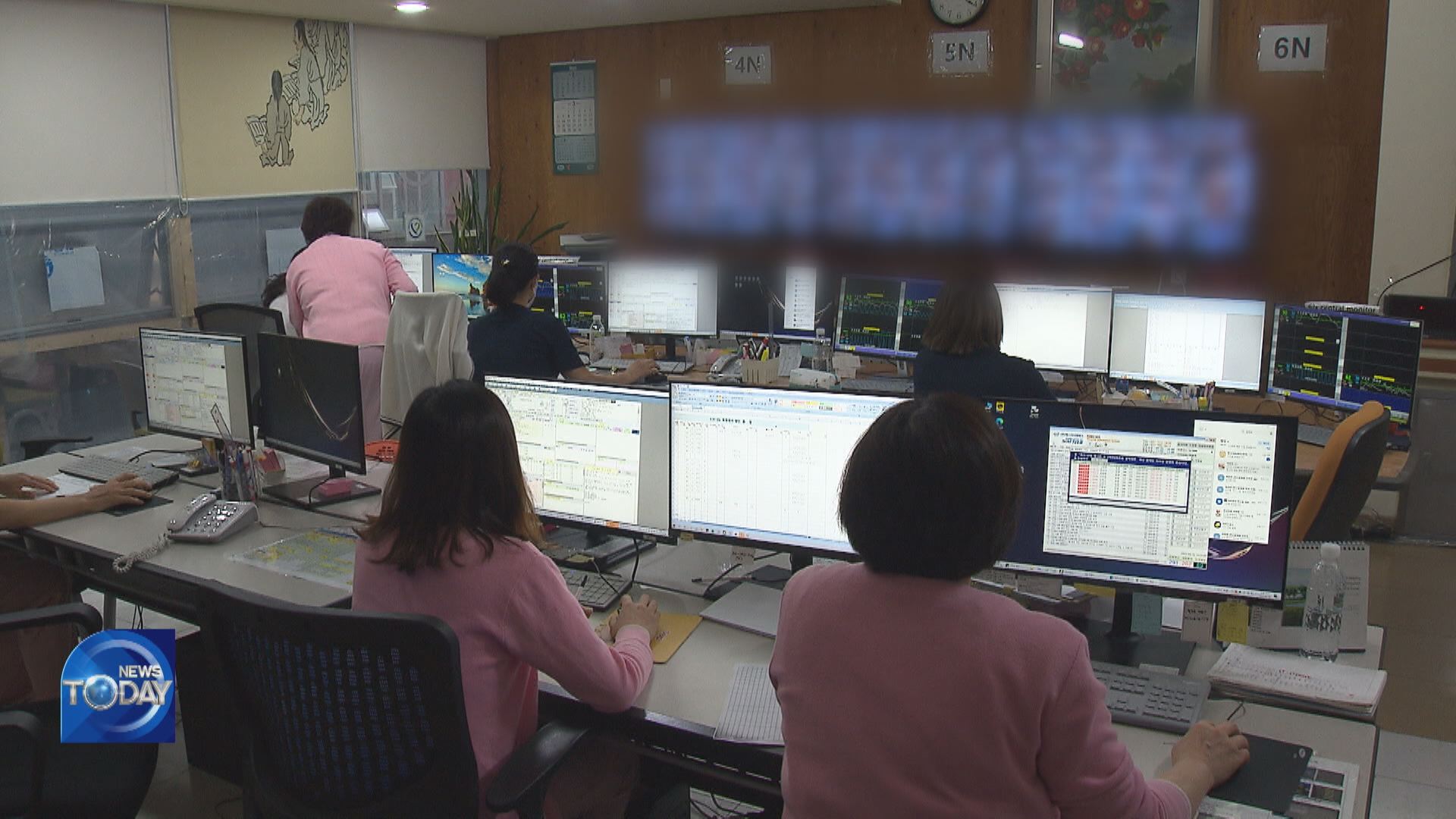
[Anchor Lead]
Convalescent hospitals and nursing homes are where most critical cases and deaths occur. These institutions stand to see the greatest loss because they house elderly patients with underlying conditions. The government has now come up with the measures focusing on the supervision of these facilities in order to minimize the number of serious cases and deaths. Here’s a look at convalescent hospitals for infectious diseases.
[Pkg]
COVID-19 patients from convalescent hospitals and nursing homes are transported to this specialized convalescent hospital for infectious diseases. A reporter went to the hospital to check it out. COVID-19 patients take up 230 out of some 290 beds. That’s a bed occupancy rate of nearly 80%.
[Soundbite] Wi Ji-yeong(Nurse) : "We admit and discharge lots of patients since the omicron surge."
Two-thirds of the admitted patients are senior citizens confirmed of COVID-19 at nursing homes without medical staff. And about 16% of them are critical cases who became infected at convalescent hospitals.
[Soundbite] Yun Yeong-bok(Director, Convalescent hospital for infectious diseases) : "When infections occur at nursing homes with not enough doctors and nurses, there is no one to prevent them from getting infected and .thus a spread cannot be contained."
Out of roughly 2,500 deaths reported in the past week, nearly 40% occurred in convalescent hospitals and nursing homes. The government has decided to toughen the supervision of convalescent hospitals and nursing homes most vulnerable to infectious disease epidemics. If a patient is an elderly 65 or older, even a mild case can be transferred to a convalescent hospital for infectious diseases.
[Soundbite] Son Young-rae(Central Disaster Management HQs) : "In convalescent facilities without enough medical staff, 65 or older patients with underlying conditions, even if they are mildly symptomatic, are made to be transferred red and admitted to hospitals."
In order to alleviate the nursing staff shortage, caretaker trainees will be assigned to hospitals early and the isolation period of medical staff and caregivers shortened to three days. However, front-line workers say that all these measures are unrealistic.
[Soundbite] Roh Wu-jeong(Korea Nursing Service Workers’ Union) : "Caregivers, nurses, and physical therapists tested positive are pressured to come to work despite their condition."
Meanwhile, the government also announced that oral drugs would be prescribed to convalescent facilities first.
Convalescent hospitals and nursing homes are where most critical cases and deaths occur. These institutions stand to see the greatest loss because they house elderly patients with underlying conditions. The government has now come up with the measures focusing on the supervision of these facilities in order to minimize the number of serious cases and deaths. Here’s a look at convalescent hospitals for infectious diseases.
[Pkg]
COVID-19 patients from convalescent hospitals and nursing homes are transported to this specialized convalescent hospital for infectious diseases. A reporter went to the hospital to check it out. COVID-19 patients take up 230 out of some 290 beds. That’s a bed occupancy rate of nearly 80%.
[Soundbite] Wi Ji-yeong(Nurse) : "We admit and discharge lots of patients since the omicron surge."
Two-thirds of the admitted patients are senior citizens confirmed of COVID-19 at nursing homes without medical staff. And about 16% of them are critical cases who became infected at convalescent hospitals.
[Soundbite] Yun Yeong-bok(Director, Convalescent hospital for infectious diseases) : "When infections occur at nursing homes with not enough doctors and nurses, there is no one to prevent them from getting infected and .thus a spread cannot be contained."
Out of roughly 2,500 deaths reported in the past week, nearly 40% occurred in convalescent hospitals and nursing homes. The government has decided to toughen the supervision of convalescent hospitals and nursing homes most vulnerable to infectious disease epidemics. If a patient is an elderly 65 or older, even a mild case can be transferred to a convalescent hospital for infectious diseases.
[Soundbite] Son Young-rae(Central Disaster Management HQs) : "In convalescent facilities without enough medical staff, 65 or older patients with underlying conditions, even if they are mildly symptomatic, are made to be transferred red and admitted to hospitals."
In order to alleviate the nursing staff shortage, caretaker trainees will be assigned to hospitals early and the isolation period of medical staff and caregivers shortened to three days. However, front-line workers say that all these measures are unrealistic.
[Soundbite] Roh Wu-jeong(Korea Nursing Service Workers’ Union) : "Caregivers, nurses, and physical therapists tested positive are pressured to come to work despite their condition."
Meanwhile, the government also announced that oral drugs would be prescribed to convalescent facilities first.
이 기사가 좋으셨다면
-
좋아요
0
-
응원해요
0
-
후속 원해요
0











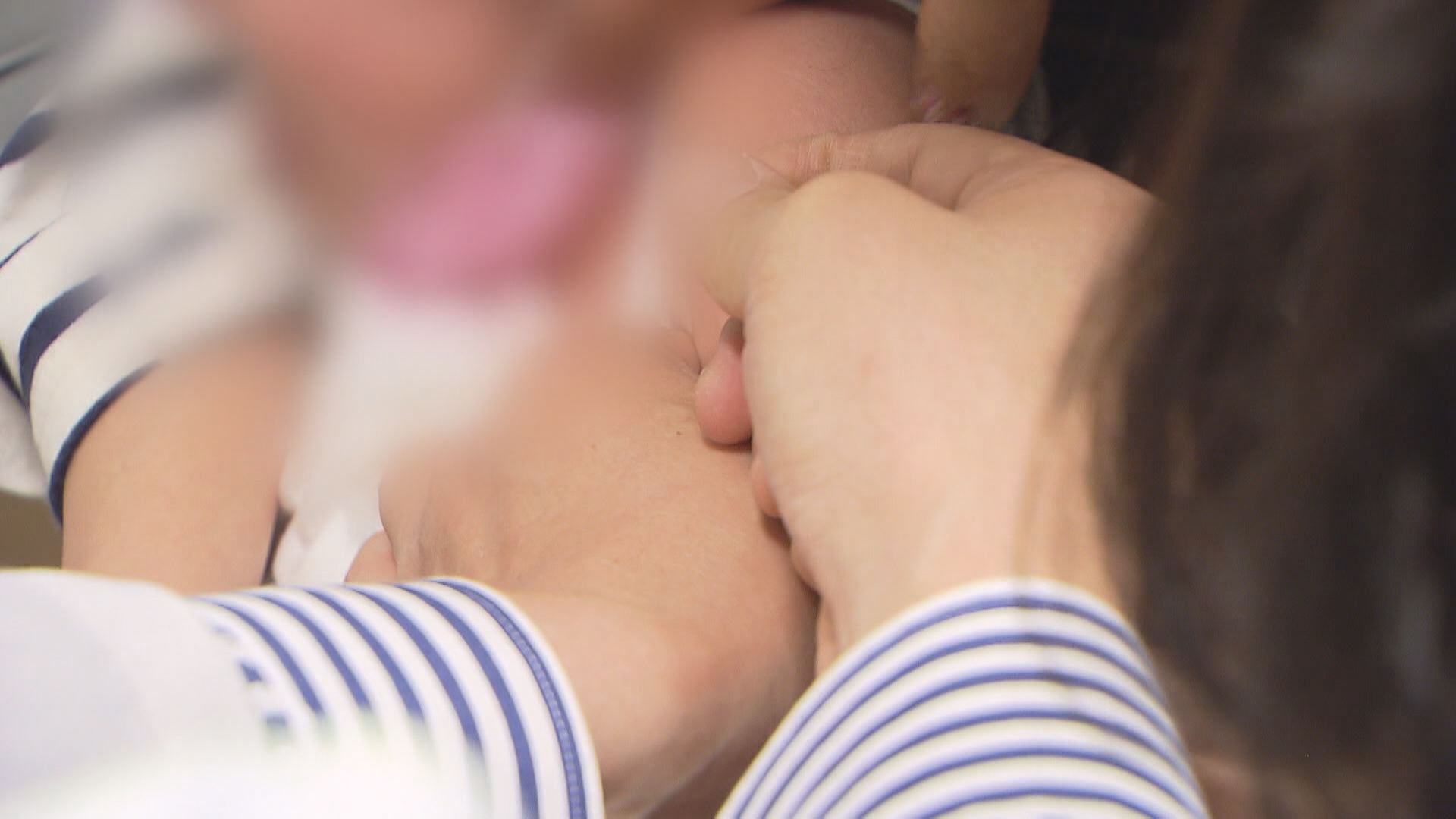
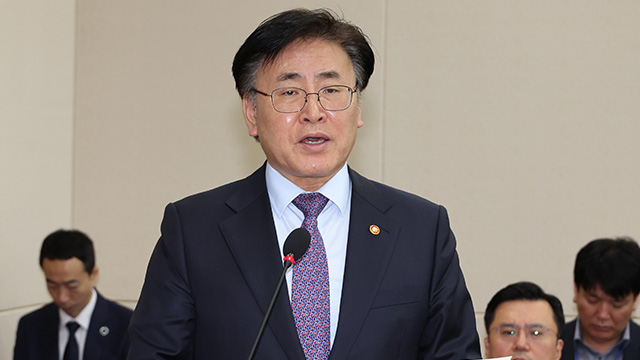
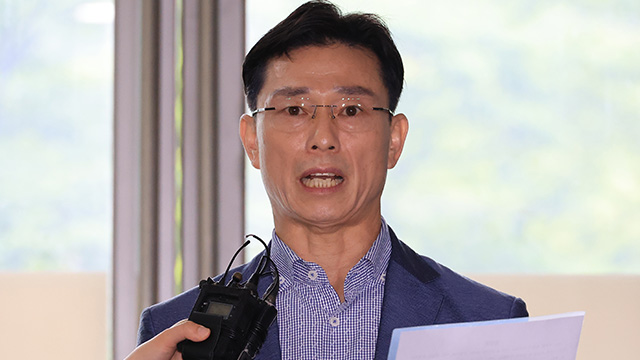
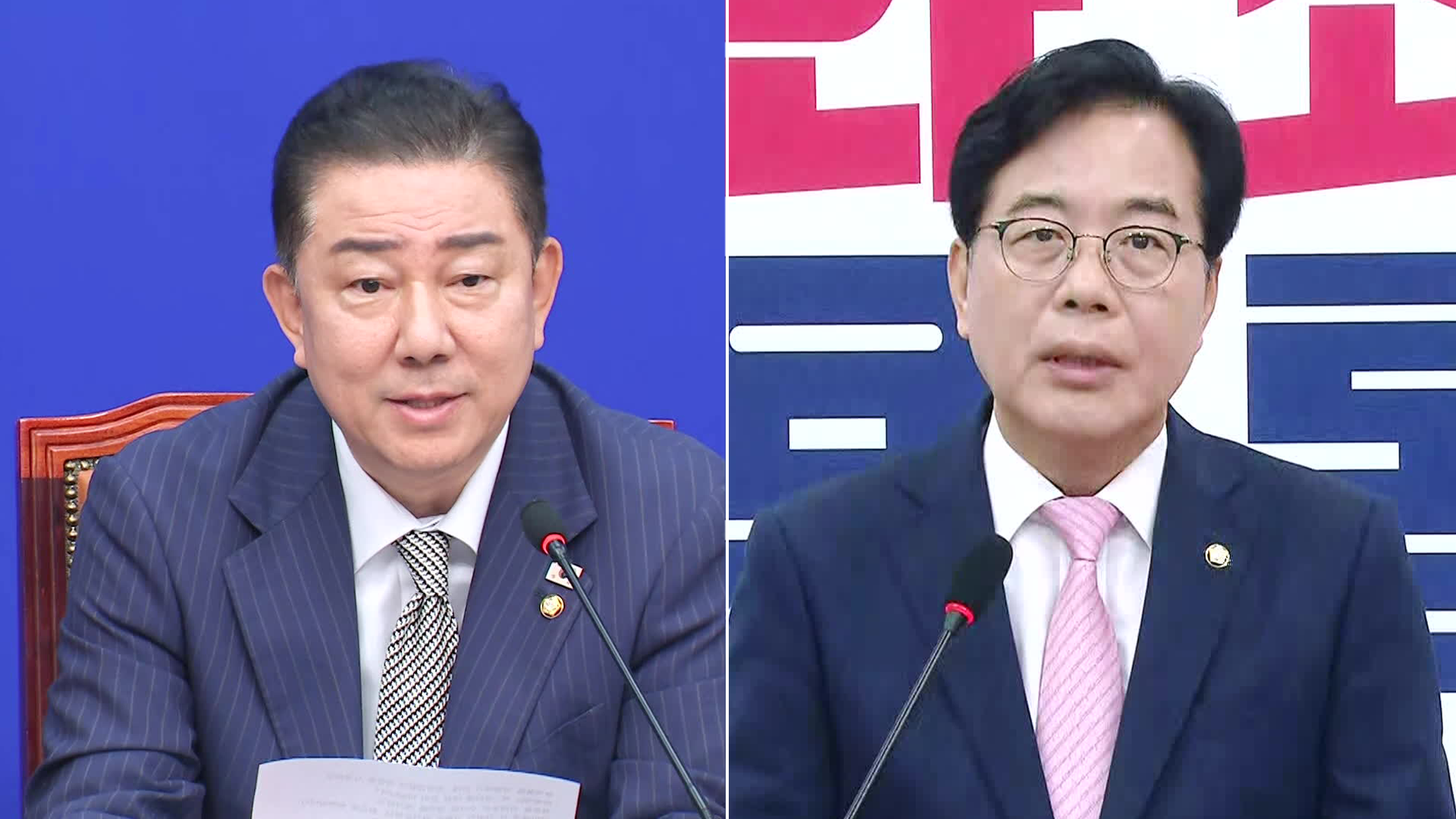


이 기사에 대한 의견을 남겨주세요.